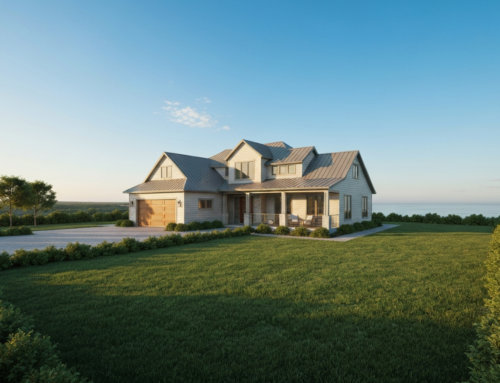Introduction: Understanding Your Home’s First Line of Defense
For most homeowners, a house represents not just a place to live, but a significant financial investment. Protecting this investment is paramount, and that’s where Basic Homeowners Insurance steps in as your home’s essential first line of defense. This comprehensive coverage shields you from unexpected financial burdens stemming from damages to your property, loss of possessions, and even legal liabilities. Understanding the fundamental components of your homeowners policy is crucial for ensuring you have adequate protection against a wide array of perils. Beach Insurance LLC aims to empower you with the knowledge needed to navigate these critical coverages, offering peace of mind for you and your family.
Understanding Basic Homeowners Insurance: Core Coverages Explained
A standard homeowners insurance policy is typically a “package policy,” meaning it bundles several types of protection into one. These policies generally include four essential areas of coverage:
- Coverage for the structure of your home (Dwelling and Other Structures)
- Coverage for your personal belongings
- Liability protection
- Coverage for additional living expenses (ALE)
While specific terms and conditions can vary, grasping these core coverages is fundamental to understanding your policy’s scope. Most policies, often an HO-3 special form, provide broad protection for your dwelling against all perils except those specifically excluded, and named perils coverage for personal property. For more detailed information on policy types, you can explore resources like MoneyGeek’s guide to homeowners insurance types.
Coverage A: Protecting Your Home’s Physical Structure and Detached Spaces
Coverage A, often referred to as Dwelling Coverage, is the cornerstone of any homeowners insurance policy. It’s designed to pay for repairs or to rebuild your home if it’s damaged or destroyed by a covered event such as fire, windstorm, hail, or lightning. This includes the physical structure of your house, encompassing the roof, foundation, walls, and built-in fixtures like plumbing and heating systems. It’s crucial to insure your home for its full replacement cost, not its market value or purchase price, as the cost of rebuilding can often differ significantly.
Beyond the main dwelling, homeowners policies also typically extend coverage to “Other Structures” on your property, known as Coverage B. This includes detached structures such as garages, tool sheds, gazebos, or fences. This coverage is generally a percentage (often around 10%) of your Coverage A limit. Ensuring you have enough dwelling coverage means you can rebuild your home to its pre-loss condition, even if construction costs have risen. Many insurers offer “inflation guard” clauses that automatically adjust your dwelling limit to reflect current construction costs, an important feature to discuss with your agent, according to the Rocky Mountain Insurance Information Association.
Coverage B: Safeguarding Your Personal Belongings and Valuables
Coverage B (often labeled as Coverage C in many policies after dwelling coverage is broken down into A and B) protects your personal property, which includes everything inside your home like furniture, clothing, electronics, and sports equipment. This coverage applies if your belongings are stolen or destroyed by a covered peril. Typically, the coverage amount for personal belongings is 50% to 70% of the insurance on your home’s structure. It’s highly recommended to conduct a detailed home inventory to assess if this coverage is sufficient for your possessions.
An important aspect of personal property coverage is its “off-premises” protection, meaning your belongings are covered anywhere in the world, subject to policy limits. However, for high-value items such such as jewelry, furs, art, or collectibles, standard policies usually impose dollar limits if they are stolen. To ensure these items are fully protected for their appraised value, you may need to purchase a special personal property endorsement or “floater.” As Bankrate explains, a scheduled personal property endorsement provides higher limits for specific valuable items.
Coverage C: Essential Liability Protection for Homeowners
Personal Liability coverage, often designated as Coverage E, is a critical component of Basic Homeowners Insurance. This coverage protects you and your family members against lawsuits for bodily injury or property damage you may accidentally cause to other people. This includes incidents that occur on your property, such as a visitor slipping and falling, or damage caused by your pets. It not only covers court awards but also the cost of defending you in court, up to your policy’s limits.
Liability limits typically start around $100,000, but many insurance professionals recommend considering higher limits, such as $300,000 to $500,000, especially if you have significant assets to protect. For even greater protection, an umbrella or excess liability policy can provide an additional layer of coverage beyond your standard homeowners and auto policy limits, covering a broader range of claims including libel and slander, as highlighted by the Rocky Mountain Insurance Information Association. Additionally, most policies include no-fault medical payments coverage (Coverage F), which pays for minor medical bills for someone injured on your property, regardless of fault, without a liability claim being filed.
Coverage D: Additional Living Expenses (ALE) When You Can’t Be Home
Additional Living Expenses (ALE) coverage, often known as Loss of Use coverage, is invaluable if your home becomes uninhabitable due to a covered disaster, such as a fire or severe storm. This component of your personal insurance program helps cover the increased costs of living away from your home while it’s being repaired or rebuilt. These expenses can include hotel bills, restaurant meals, temporary rental accommodations, pet boarding, and other necessary costs that exceed your normal living expenses.
ALE coverage typically has limits, which may be expressed as a percentage of your dwelling coverage (e.g., 20% to 30%) or a specific dollar amount, and sometimes includes a time limit. It’s important to understand these limits and keep detailed records of all additional expenses for reimbursement. As Bankrate notes, documenting your expenses is key, as most insurers provide ALE on a reimbursement basis. Some policies may offer an “actual loss sustained” endorsement, which removes the dollar limits on ALE, provided the costs are deemed reasonable.
What Standard Homeowners Insurance Policies Typically Don’t Cover
While Basic Homeowners Insurance provides extensive protection, it’s equally important to understand what these policies generally exclude. Standard homeowners policies do not cover every potential disaster or loss. Common exclusions include:
- Flooding: Damage caused by external floods, rising rivers, or storm surges is not covered by standard policies. Separate flood insurance, often available through the National Flood Insurance Program (NFIP), is required for this protection.
- Earthquakes and Earth Movement: Damage from earthquakes, landslides, mudslides, and most sinkholes is typically excluded. Specific earthquake insurance may be purchased separately.
- Maintenance Issues and Wear and Tear: Homeowners insurance is designed for sudden, accidental events, not for damage resulting from a lack of maintenance, neglect, or the natural aging process of a home and its components. This includes issues like mold (unless caused by a sudden, covered event), termites, rodents, or a roof leaking due to old age.
- Sewer and Drain Backups: Damage from backed-up sewer lines, drains, or sump pumps is usually excluded, though this coverage can often be added via an endorsement.
- Intentional Acts: Damage caused intentionally by the policyholder or acts of war or nuclear hazard are also excluded.
Reviewing your policy’s exclusions and considering additional endorsements or separate policies for specific risks, especially if you live in a high-risk area, is a proactive step in comprehensive home protection. The California Department of Insurance provides a comprehensive guide detailing these common perils and exclusions.
Key Takeaways: Reading Your Policy and Partnering with an Agent
Navigating the intricacies of Basic Homeowners Insurance can seem daunting, but a proactive approach ensures your most valuable asset is adequately protected. The most critical step homeowners can take is to thoroughly read and understand their insurance policy. The declarations page provides a summary of your coverage amounts, deductibles, and endorsements, but the policy jacket details the crucial exclusions and conditions. As Bankrate advises, keeping a digital copy of your policy for easy reference can be incredibly helpful.
Regularly reviewing your policy, especially during renewals or after making significant home improvements, is essential to ensure your coverage keeps pace with rebuilding costs and the value of your possessions. Consider creating a home inventory with photos or videos and storing it securely off-site to simplify any future claims process. Partnering with a knowledgeable insurance agent, such as those at Beach Insurance LLC, offers invaluable expertise. They can help you evaluate your specific needs, clarify policy language, identify potential coverage gaps, and explore available endorsements or special coverages, ensuring you have the right protection tailored for your home and peace of mind.
Ready to secure your home with the right coverage? Visit our Contact Us page today to speak with a Beach Insurance LLC expert and get your personalized Homeowners Insurance quote!






